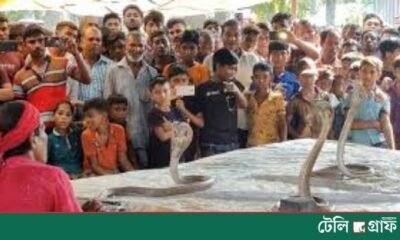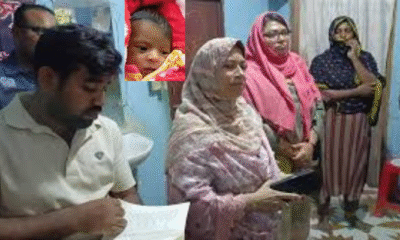People and Culture
Traditional Lathi Khela Revives Lost Heritage in Jhenaidah
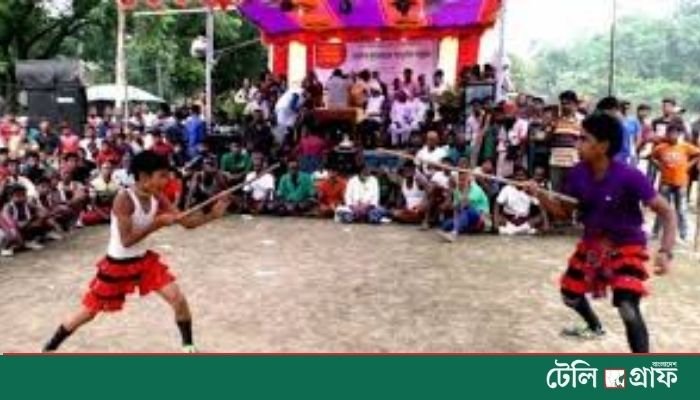
A traditional lathi khela (stick-fighting) event was held on Friday (October 17) at Pathra Kindergarten School ground in Maheshpur upazila of Jhenaidah, drawing a large crowd of enthusiastic spectators.
The event was organized to revive the fading rural heritage of Bangladesh. The game was conducted by Shawkat Hossain and led by Md. Shahidul Islam, with around 20 local participants including Odu Islam, Isa Hossain, Atiar Rahman, Mosharraf Hossain, Idris Ali, Ratan, and Ahad.
The entire field echoed with cheers and applause as spectators enjoyed the traditional display. Organizers said their goal was to keep this centuries-old sport alive and inspire younger generations to embrace rural traditions.
Spectator Matiar Rahman said, “Lathi khela used to be very popular here once, but it’s rarely seen now. Watching it today brings back old memories.”
Team leader Shawkat Hossain added, “We are proud to carry on the legacy of our forefathers. As long as we can, we’ll keep this game alive.”
Organizers expressed hope that such events would continue regularly to preserve and celebrate Bangladesh’s rural cultural heritage.
People and Culture
Farmers in Jhenaidah fear rice blast infection as weather turns erratic

Farmers in Jhenaidah are growing increasingly concerned over a possible outbreak of blast disease in paddy fields due to erratic weather conditions. The sudden difference of nearly 10 degrees Celsius between day and night temperatures has heightened the risk of fungal infection, officials said.
According to the Department of Agricultural Extension (DAE), Aman paddy has been cultivated on 25,252 hectares of land in Jhenaidah Sadar upazila this season. Most fields are now at the panicle and milky grain stages — the most vulnerable phases for blast infection.
The disease attacks the node and neck of the panicle, causing the rice to dry up and turn empty. Once infected, it spreads rapidly, often resulting in severe crop loss.
In Holidhani area, several fields have shown early signs of infection. Farmer Azizul Islam, who cultivated paddy on 22 kathas of land, said, “At first a few plants dried up from the bottom, but now more are showing symptoms. The agriculture officials advised me to spray fungicide, which I’ve done.”
Another farmer, Abdur Rahim Badsha of Radhakantapur, said, “The crops are looking good for now, but the hot days and cool nights are worrying. Blast could appear anytime.”
Upazila Agriculture Officer Nur-e-Nabi said, “Spraying fungicides a week before the panicle emerges can help prevent blast. Once it spreads, it’s very difficult to control. Farmers must stay alert and follow our guidelines to minimize the risk.”
People and Culture
Bird House” of Bogura: A Haven Where Nature and Humans Coexist
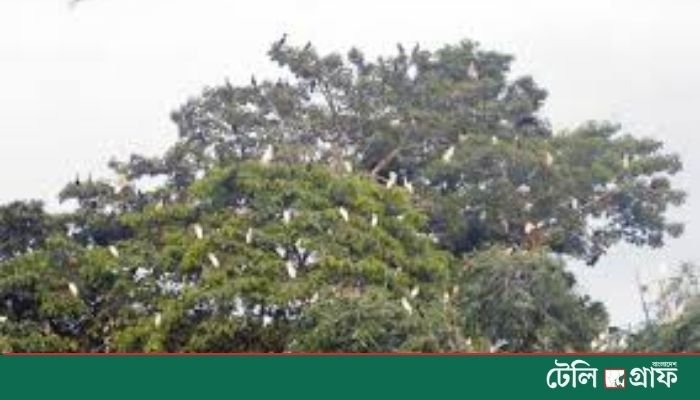
In a quiet corner of Madhabdanga village in Bogura’s Dhunat upazila, mornings begin with the songs of thousands of birds. This four-acre home of Robiul Hasan, popularly known as “Bhutan Sarkar,” is now widely recognized as the Bird House.
Around 35 years ago, a flock of birds first perched on a tamarind tree in his yard—marking the beginning of a lasting bond. Since then, birds return every summer to nest and raise chicks, leaving again with the onset of winter.
The Bird House, surrounded by mahogany, jackfruit, mango, and bamboo trees, also has two large ponds where fish are farmed. Yet, surprisingly, the birds never touch the fish—they fetch food from distant rivers and canals for their young.
Local visitors say the site has become a symbol of environmental harmony. Every day, poets, artists, and students arrive to capture the beauty of nature through art, photography, or reflection.
Bhutan Sarkar says, “We have a silent pact with nature—this is their home as much as ours.”
Former Union Parishad Chairman Atikur Karim Apel noted, “This is the most beautiful place in Dhunat. Government support could turn it into a protected sanctuary.”
Ashamoni, president of the local NGO Teer, added, “If we save the birds, we save nature—and in doing so, we save ourselves.
People and Culture
Husband Dies 11 Hours After Wife in Naogaon: A Rare Tale of Lifelong Love Ends Together
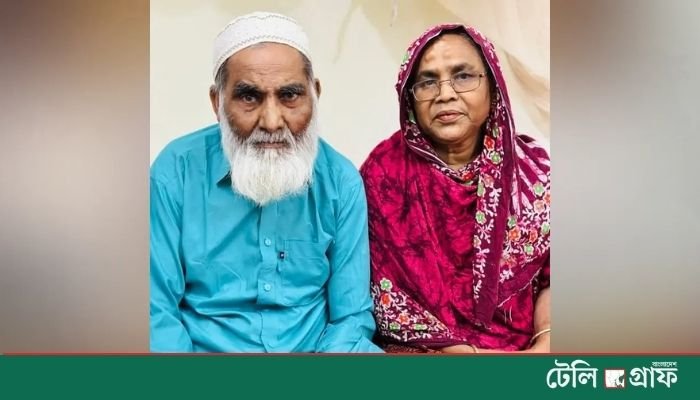
A touching story of lifelong companionship unfolded in Naogaon’s Badalgachhi upazila, where a husband died just 11 hours after the passing of his wife.
Anjuara Begum, 65, died of a heart attack around 1:25 p.m. on Friday (October 24). Her husband, Jalilur Rahman Jalil, 75, collapsed in shock after hearing the news. His condition worsened throughout the evening, and he passed away around 12:25 a.m. at Naogaon Medical College Hospital while undergoing treatment.
Family sources said the couple had been married for 45 years and were inseparable throughout their lives. “My mother died suddenly, and my father simply couldn’t bear the loss,” said their younger son, Rakibul Hasan Rocky.
Locals described the couple as deeply devoted to each other, saying they were “two souls who could not live apart.” The back-to-back deaths left the entire village in mourning, marking the end of a love that truly lasted a lifetime.
-

 People and Culture1 day ago
People and Culture1 day agoHusband Dies 11 Hours After Wife in Naogaon: A Rare Tale of Lifelong Love Ends Together
-
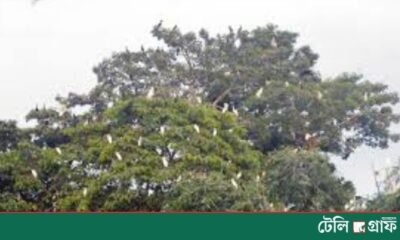
 People and Culture1 day ago
People and Culture1 day agoBird House” of Bogura: A Haven Where Nature and Humans Coexist
-

 International1 day ago
International1 day agoIsrael’s defence minister orders destruction of Gaza tunnels, says disarming Hamas is priority
-

 CRICEKET5 hours ago
CRICEKET5 hours agoMithun pledges welfare fund for players at first COAB executive meeting
-

 International4 hours ago
International4 hours agoFive Pakistani soldiers killed in border clash amid ongoing Afghan peace talks in Turkey





